Home>Gardening & Outdoor>Landscaping Ideas>What Is Centipede Grass
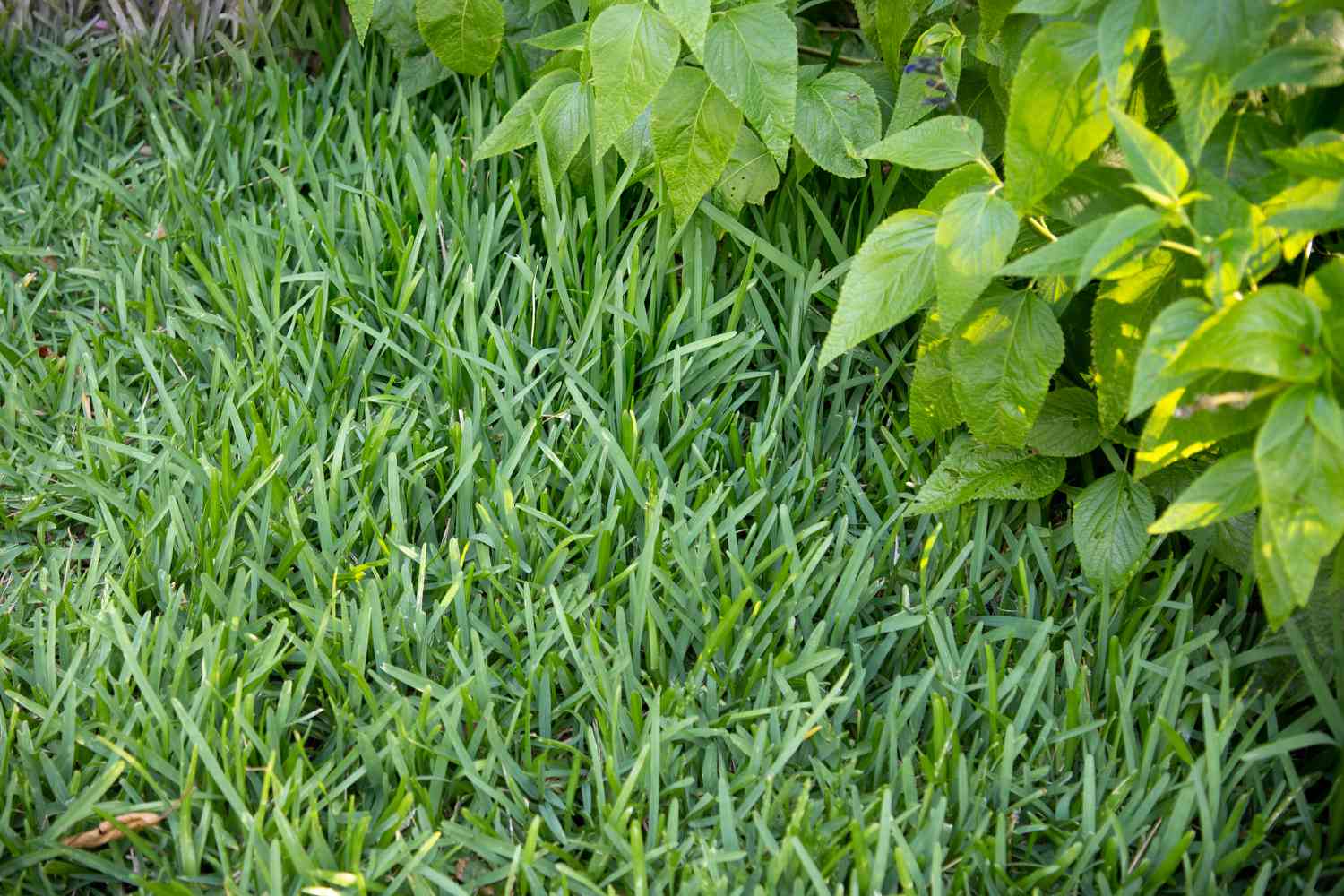

Landscaping Ideas
What Is Centipede Grass
Published: January 27, 2024
Learn about the benefits and care of centipede grass for your landscaping ideas. Discover how to maintain a lush, low-maintenance lawn with centipede grass.
(Many of the links in this article redirect to a specific reviewed product. Your purchase of these products through affiliate links helps to generate commission for Storables.com, at no extra cost. Learn more)
**
Introduction
**
Centipede grass, scientifically known as Eremochloa ophiuroides, is a warm-season turfgrass that is popular for its low maintenance requirements and its ability to thrive in a variety of soil types. This grass variety is widely favored for its lush, dense carpet-like appearance and its remarkable tolerance to heat and drought. Its name "centipede" is derived from its creeping growth habit, where it spreads through aboveground stolons, forming a thick and uniform turf.
Centipede grass is a popular choice for lawns in the southern United States, particularly in the Southeast, due to its adaptability to acidic soils and its minimal need for fertilization. Its natural ability to resist pests and diseases, along with its relatively low mowing requirements, makes it an attractive option for homeowners and landscapers seeking an aesthetically pleasing, yet low-maintenance, grass variety.
In this comprehensive guide, we will delve into the characteristics of centipede grass, its ideal growing conditions, maintenance and care tips, common uses, and much more. Whether you are a seasoned gardener or a novice homeowner looking to revitalize your lawn, understanding the unique attributes of centipede grass can empower you to make informed decisions and cultivate a vibrant, resilient lawn that will be the envy of your neighborhood. Let's embark on a journey to explore the captivating world of centipede grass and unlock the secrets to nurturing a thriving, verdant landscape.
Key Takeaways:
- Centipede grass is a low-maintenance, heat-tolerant turfgrass ideal for southern US lawns. Its resistance to pests and diseases makes it a practical and visually appealing landscaping choice.
- Understanding centipede grass’s optimal growing conditions and maintenance practices empowers homeowners to cultivate vibrant, enduring landscapes with minimal upkeep requirements.
Characteristics of Centipede Grass
Centipede grass is renowned for its distinct characteristics, making it a sought-after option for lawns in warm, humid climates. Understanding its unique traits is essential for cultivating and maintaining a healthy, vibrant lawn. Here are the key characteristics of centipede grass:
1. Low Maintenance: Centipede grass is celebrated for its minimal maintenance requirements. It has a slow growth rate, reducing the frequency of mowing, and it typically thrives without the need for extensive fertilization or irrigation.
2. Heat Tolerance: This grass variety exhibits exceptional heat tolerance, making it well-suited for regions with scorching summers. It can maintain its vibrant green hue even during prolonged periods of intense heat.
3. Acidic Soil Adaptability: Centipede grass excels in acidic soil conditions, unlike many other turfgrass species. Its ability to thrive in acidic soils with a pH as low as 5.0 makes it an ideal choice for regions where acidic soil prevails.
4. Shade Sensitivity: While centipede grass prefers full sun, it also demonstrates moderate tolerance to partial shade. However, it may struggle in dense, heavily shaded areas, making it essential to consider sunlight exposure when selecting it for a lawn.
5. Coarse Texture: Centipede grass is characterized by its coarse texture, which contributes to its dense, carpet-like appearance. This texture enhances its resilience to foot traffic and environmental stressors.
6. Winter Dormancy: In colder climates, centipede grass may experience winter dormancy, during which it turns brown. However, it typically recovers its vibrant green color as temperatures rise in the spring.
7. Pest and Disease Resistance: Centipede grass exhibits natural resistance to many common pests and diseases, reducing the need for chemical interventions and enhancing its overall durability.
Understanding these distinctive characteristics empowers homeowners and landscapers to make informed decisions regarding lawn care and landscaping practices. By leveraging the inherent strengths of centipede grass, individuals can cultivate lush, resilient lawns that endure environmental challenges and stand out for their natural beauty and minimal maintenance requirements.
Growing Conditions
Cultivating a thriving lawn of centipede grass begins with understanding its optimal growing conditions. By providing the right environment, homeowners and landscapers can ensure the grass flourishes and maintains its lush, vibrant appearance. Here are the key growing conditions for centipede grass:
1. Sunlight: Centipede grass thrives in full sun, requiring at least 6 to 7 hours of direct sunlight daily. While it can tolerate partial shade, it may struggle in dense, heavily shaded areas, impacting its overall health and appearance.
2. Soil Type: Centipede grass prefers well-drained, slightly acidic soils with a pH range of 5.0 to 6.0. It is essential to avoid waterlogged or compacted soils, as they can hinder root development and lead to stress and disease susceptibility.
3. Watering: While centipede grass displays drought tolerance once established, it benefits from regular watering during dry spells. Deep, infrequent watering is recommended to encourage deep root growth and enhance its resilience to drought conditions.
4. Fertilization: Centipede grass has low fertility requirements compared to other turfgrass varieties. A balanced fertilizer application in late spring or early summer, following soil testing and recommendations, can support its growth and vibrancy without excessive nutrient input.
5. Mowing: Maintaining centipede grass at a height of 1.5 to 2 inches is ideal for promoting its health and density. Regular mowing, using a sharp blade to avoid tearing the grass, helps control weed competition and encourages lateral spread.
6. Winter Care: In regions with colder winters, applying a light, potassium-based fertilizer in late fall can aid in winter hardiness. Allowing the grass to enter winter with lower nitrogen levels can reduce vulnerability to cold stress.
By aligning with these optimal growing conditions, individuals can create an environment where centipede grass thrives, showcasing its natural beauty and resilience. Understanding and implementing these conditions lays the foundation for a vibrant, low-maintenance lawn that captivates with its lush, carpet-like appearance.
Centipede grass is a low-maintenance, warm-season grass that thrives in full sun and well-drained soil. It has a medium texture and spreads by stolons, making it a good choice for lawns in the southern United States.
Maintenance and Care
Effective maintenance and care practices are pivotal for nurturing a healthy, vibrant lawn of centipede grass. By implementing proper care routines, homeowners and landscapers can ensure the grass remains robust and visually appealing throughout the growing season. Here are essential maintenance and care tips for centipede grass:
1. Watering: Centipede grass exhibits drought tolerance once established, but regular watering is beneficial during dry periods. Water deeply and infrequently to encourage deep root growth and enhance its resilience to drought conditions.
2. Fertilization: Centipede grass has low fertility requirements. Apply a balanced fertilizer in late spring or early summer based on soil test results. Avoid excessive nitrogen, as it can lead to thatch buildup and increased susceptibility to pests and diseases.
3. Mowing: Maintain centipede grass at a height of 1.5 to 2 inches to promote its health and density. Regular mowing helps control weed competition and encourages lateral spread. Avoid removing more than one-third of the grass blade in a single mowing session.
4. Pest and Weed Control: Centipede grass generally exhibits natural resistance to pests and diseases. However, monitoring for signs of infestation and promptly addressing any issues is crucial. Use targeted, low-impact pest control methods to minimize environmental impact.
5. Aeration: Periodic core aeration can alleviate soil compaction and enhance air, water, and nutrient infiltration, promoting a healthier root system and overall grass vigor.
6. Winter Care: In regions with colder winters, avoid late-season nitrogen fertilization, as it can make the grass more susceptible to cold damage. Instead, focus on potassium-based fertilizers to bolster winter hardiness.
7. Soil Testing: Regular soil testing helps determine the specific nutrient needs of the grass, enabling targeted and efficient fertilization practices while preventing overapplication of nutrients.
By adhering to these maintenance and care guidelines, individuals can foster a resilient, visually striking lawn of centipede grass. Implementing these practices not only sustains the grass’s health and vibrancy but also contributes to a sustainable and environmentally friendly approach to lawn care.
Common Uses
Centipede grass, with its unique attributes and low maintenance requirements, is employed in various landscaping and recreational applications. Its adaptability to diverse environmental conditions and its aesthetic appeal make it a versatile choice for different settings. Here are the common uses of centipede grass:
1. Residential Lawns: Centipede grass is a popular option for residential lawns, particularly in the southern United States. Its minimal maintenance needs and lush, carpet-like appearance make it an attractive choice for homeowners seeking a vibrant, low-maintenance lawn.
2. Parks and Recreational Areas: Due to its heat tolerance and resilience, centipede grass is often utilized in parks, playgrounds, and recreational areas. Its ability to withstand foot traffic and environmental stressors makes it well-suited for high-traffic recreational spaces.
3. Golf Course Roughs: In golf course landscaping, centipede grass is utilized in rough areas due to its ability to thrive with minimal inputs. Its coarse texture and low maintenance requirements make it an ideal choice for framing fairways and adding visual interest to the course.
4. Erosion Control: Centipede grass is employed in erosion-prone areas to stabilize soil and prevent erosion. Its dense growth habit and extensive root system contribute to its effectiveness in controlling soil erosion on slopes and embankments.
5. Roadside Landscaping: The adaptability of centipede grass to various soil types and its minimal maintenance needs make it a favored option for roadside landscaping, where it can enhance the visual appeal of highways and roadsides.
6. Landscaping in Coastal Areas: Centipede grass is well-suited for coastal landscapes due to its tolerance for salt spray and its ability to thrive in sandy, well-drained soils commonly found in coastal regions.
By understanding the diverse applications of centipede grass, individuals can leverage its unique characteristics to create visually appealing, resilient landscapes in a range of settings. Whether for residential lawns, recreational spaces, or erosion control, centipede grass stands out as a versatile and practical choice for sustainable and captivating landscaping.
Read more: How Often To Water Centipede Grass
Conclusion
Centipede grass, with its remarkable attributes and adaptability, stands as a compelling choice for homeowners, landscapers, and turfgrass enthusiasts seeking a low-maintenance, visually appealing lawn. Its distinct characteristics, including heat tolerance, minimal maintenance requirements, and resistance to pests and diseases, position it as a versatile and resilient turfgrass variety.
Understanding the optimal growing conditions, maintenance practices, and common uses of centipede grass empowers individuals to harness its inherent strengths and cultivate vibrant, enduring landscapes. By providing the right environment and implementing proper care routines, homeowners and landscapers can nurture lush, resilient lawns that captivate with their natural beauty and minimal upkeep requirements.
Whether adorning residential lawns, parks, golf course roughs, or serving in erosion control and roadside landscaping, centipede grass shines as a versatile and practical landscaping solution. Its ability to thrive in diverse environmental settings, coupled with its minimal maintenance needs, makes it a valuable asset in creating sustainable, visually striking landscapes.
As you embark on your journey to enhance your outdoor spaces, consider the allure and resilience of centipede grass. By embracing this captivating turfgrass variety and leveraging its unique traits, you can cultivate a vibrant, low-maintenance lawn that serves as a testament to the enduring beauty and practicality of centipede grass.
With its lush, carpet-like appearance and minimal maintenance requirements, centipede grass invites you to create landscapes that captivate with their natural charm and resilience. Embrace the allure of centipede grass and embark on a journey to cultivate enduring, visually stunning outdoor spaces that stand the test of time.
Frequently Asked Questions about What Is Centipede Grass
Was this page helpful?
At Storables.com, we guarantee accurate and reliable information. Our content, validated by Expert Board Contributors, is crafted following stringent Editorial Policies. We're committed to providing you with well-researched, expert-backed insights for all your informational needs.
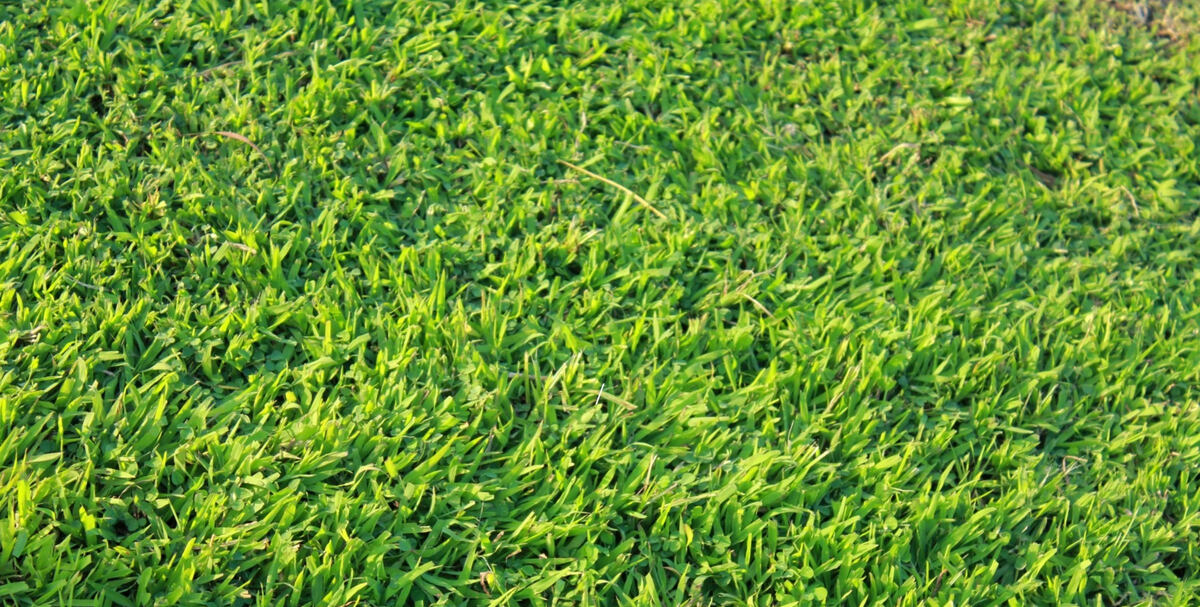

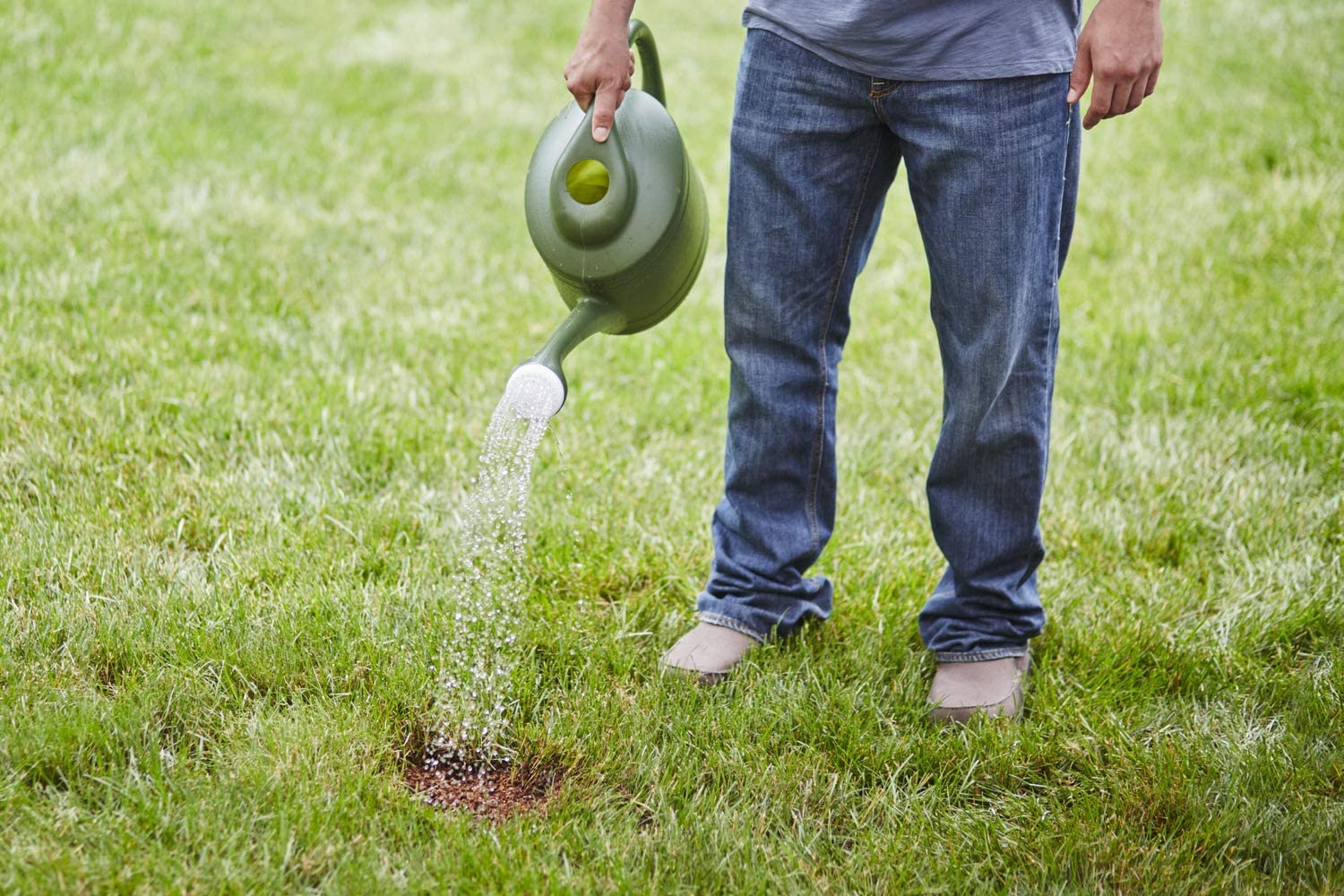
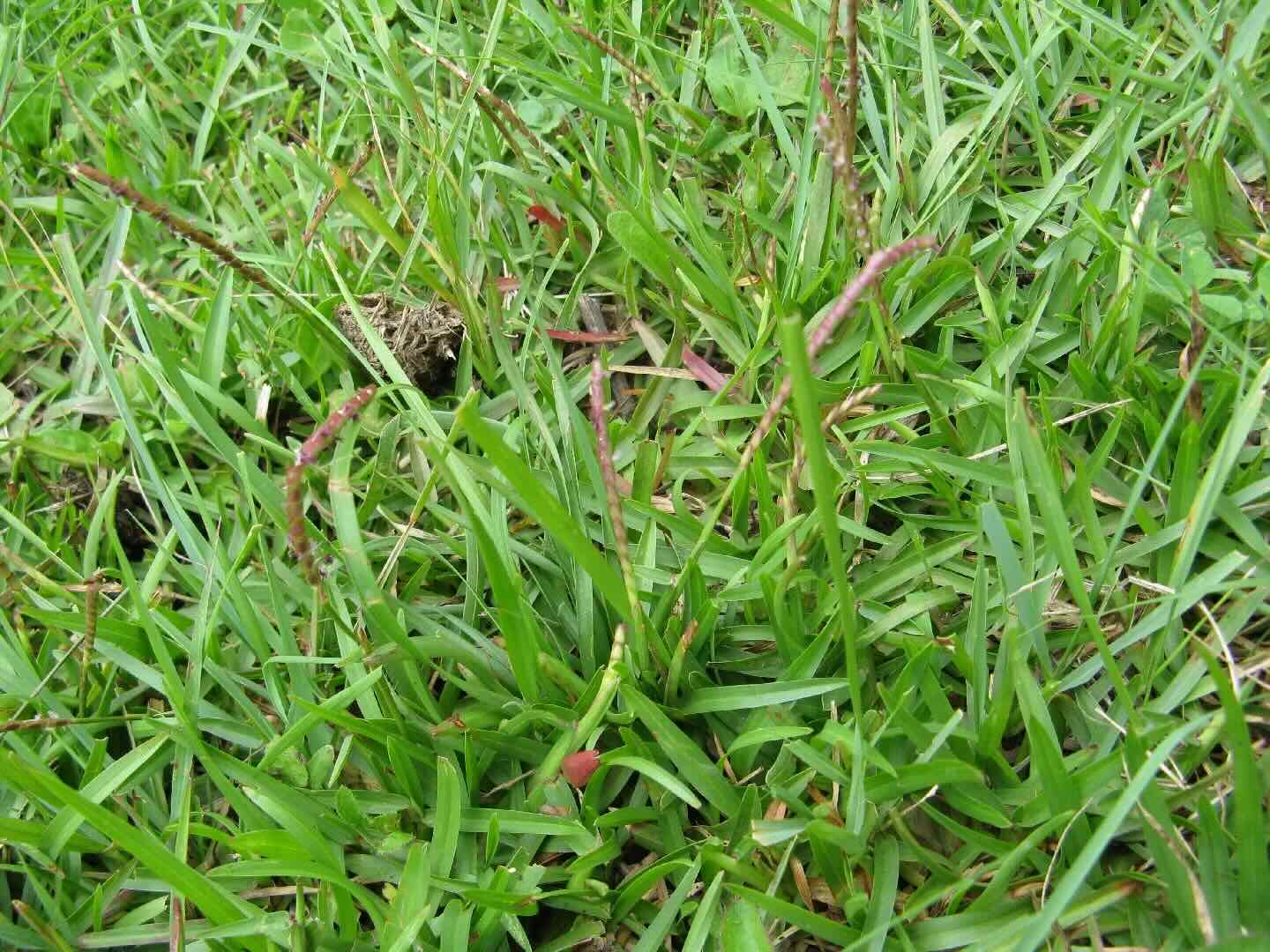
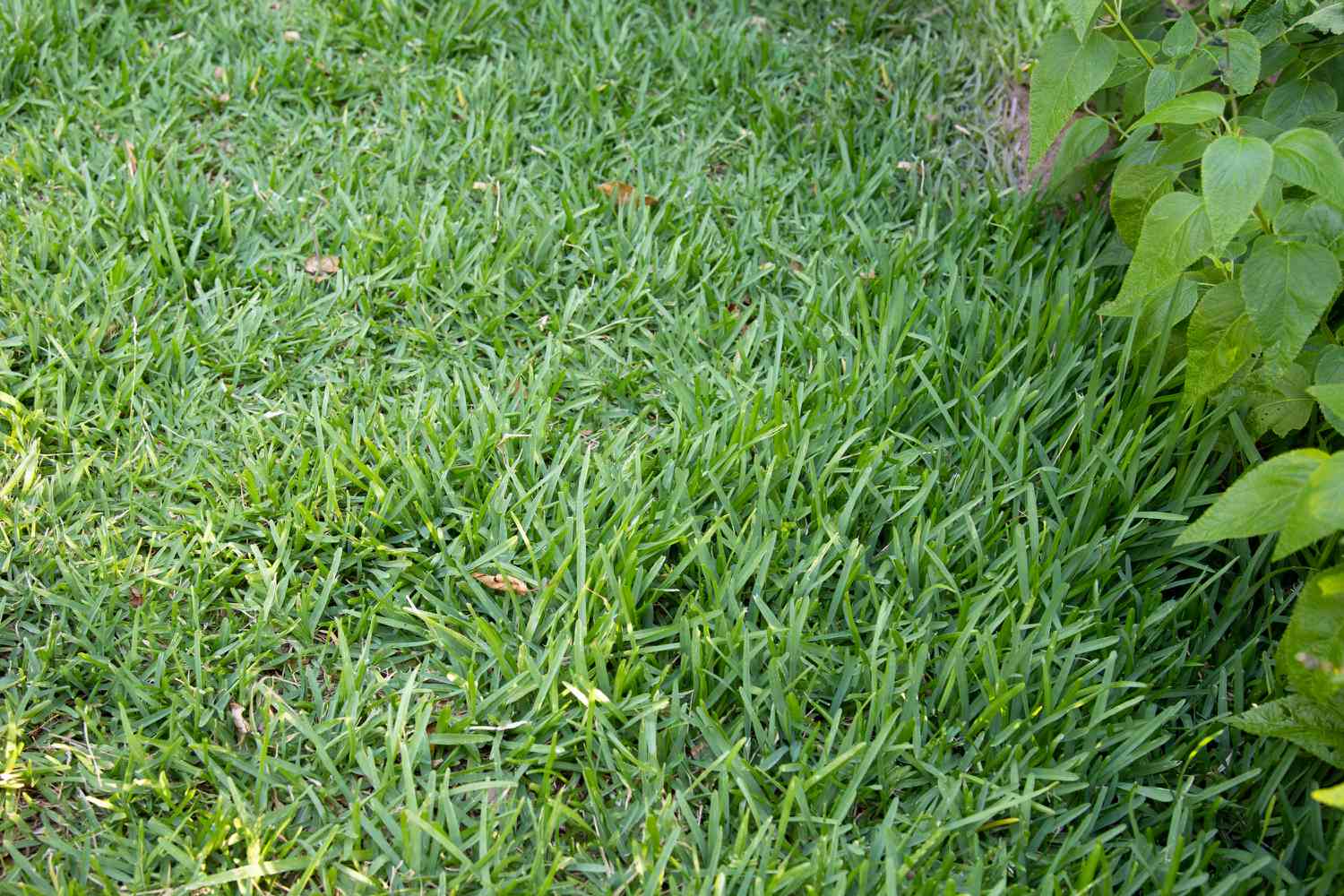
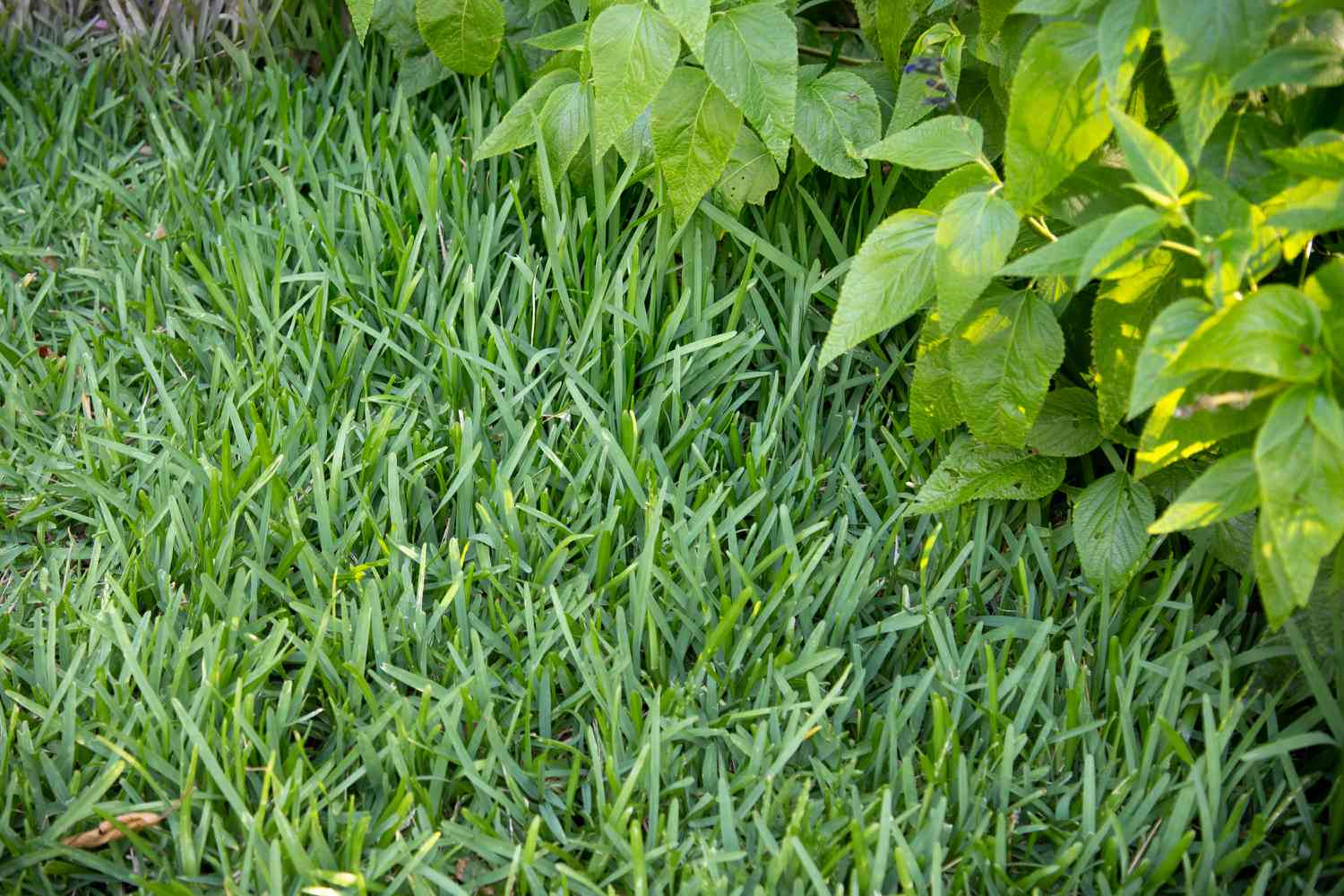
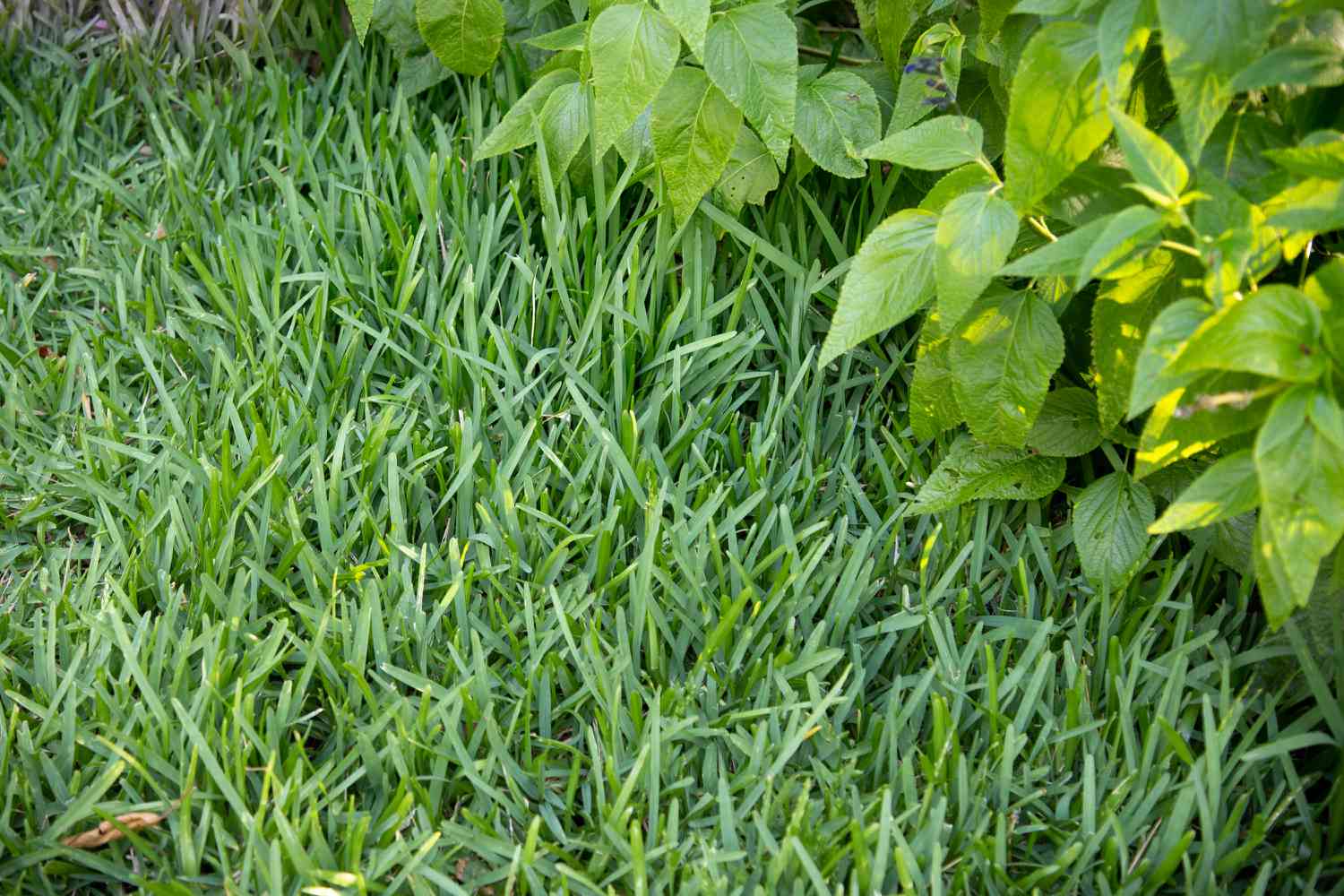
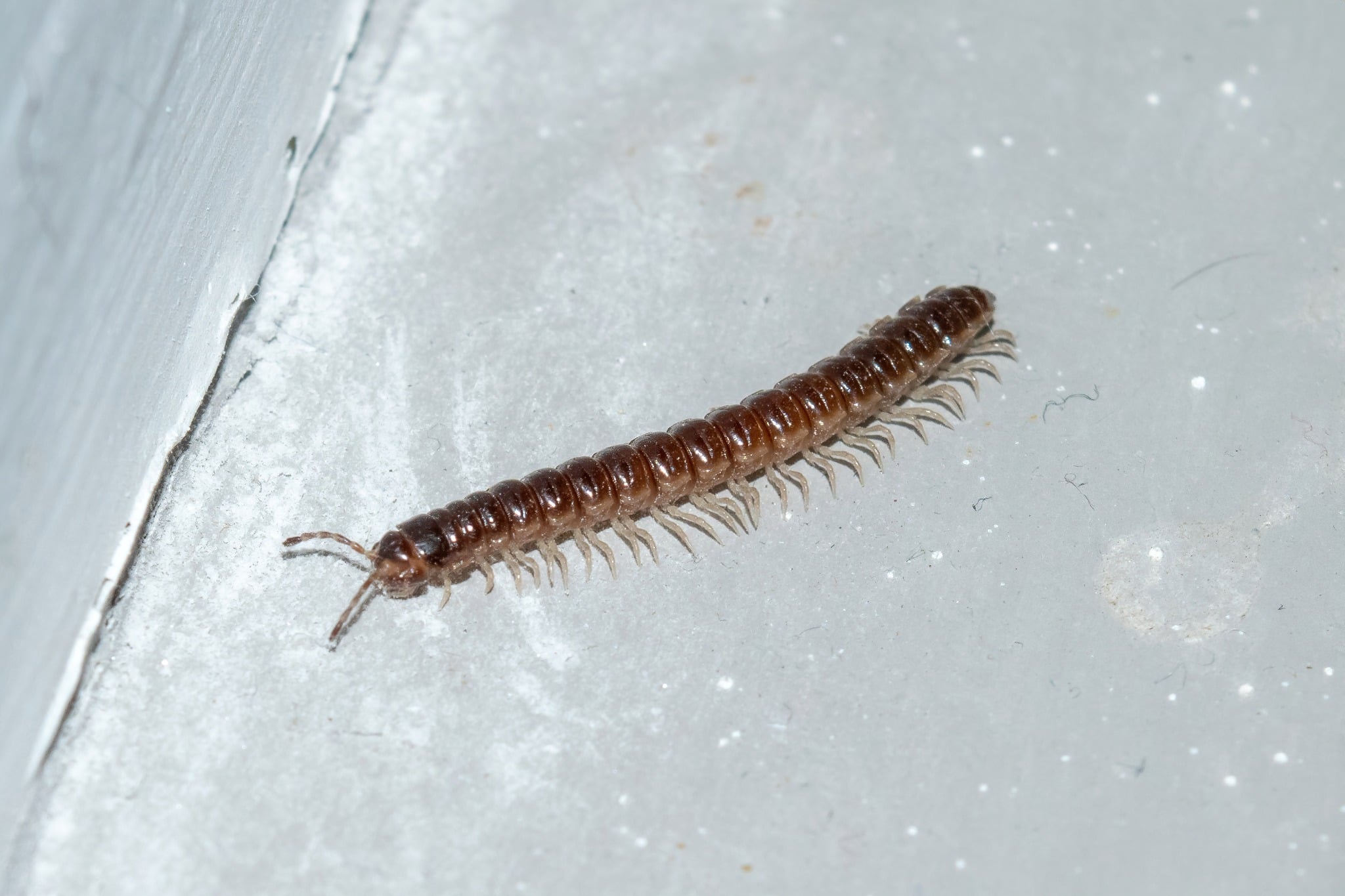
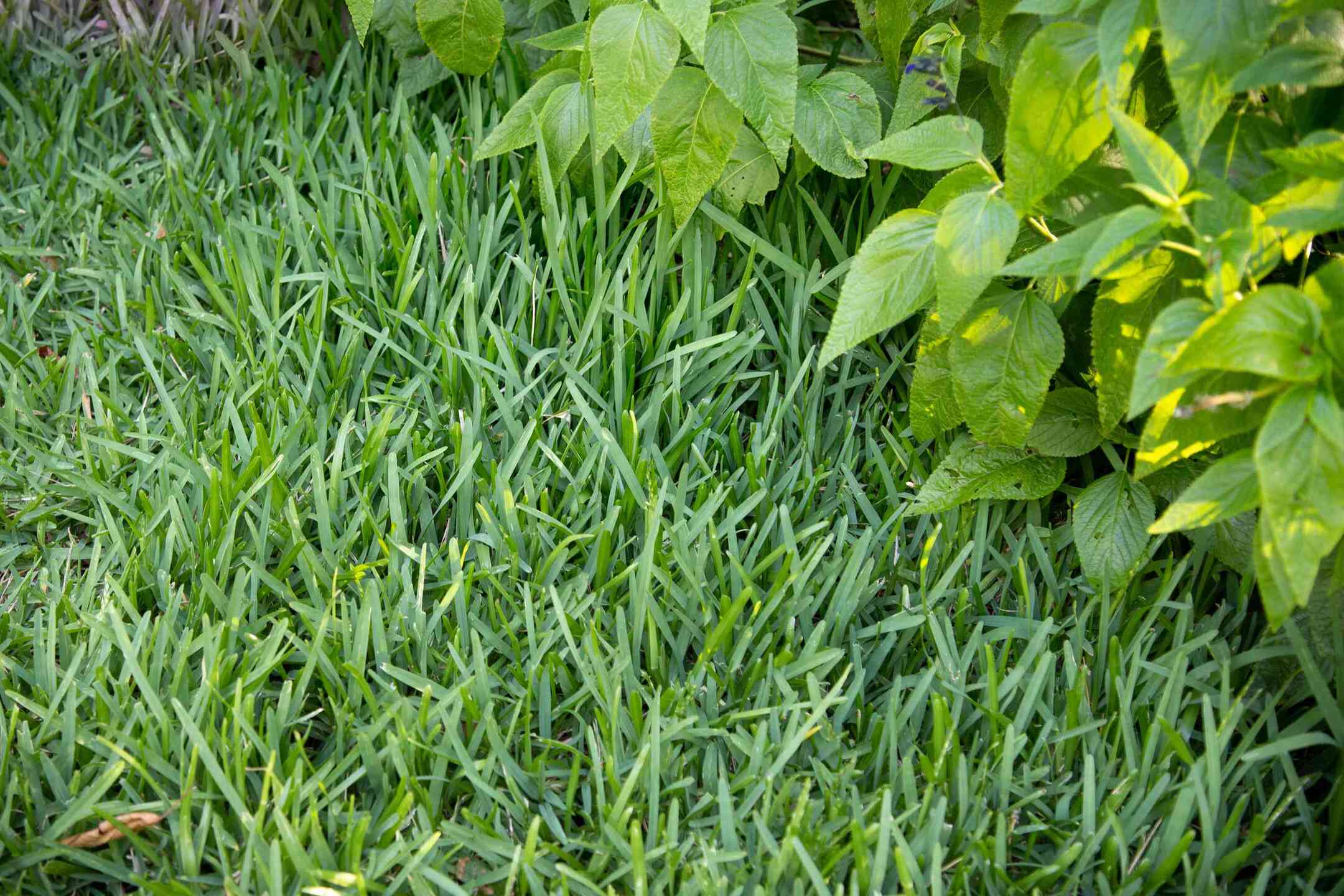
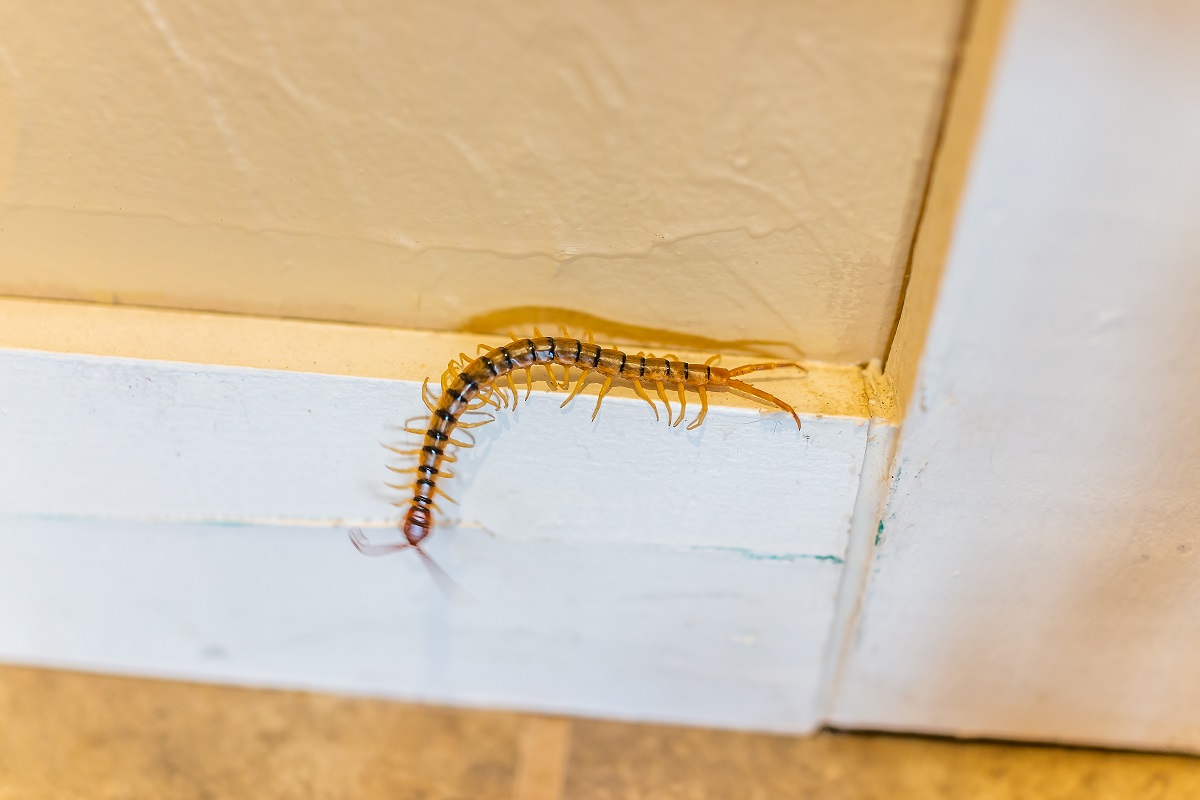
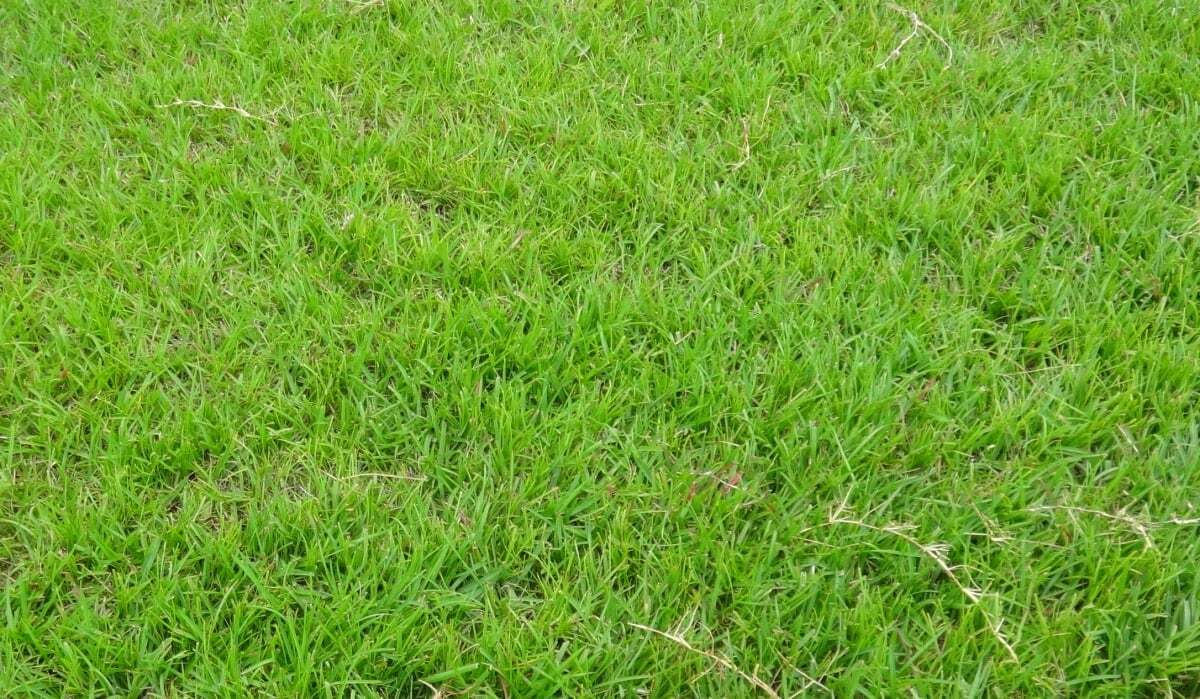
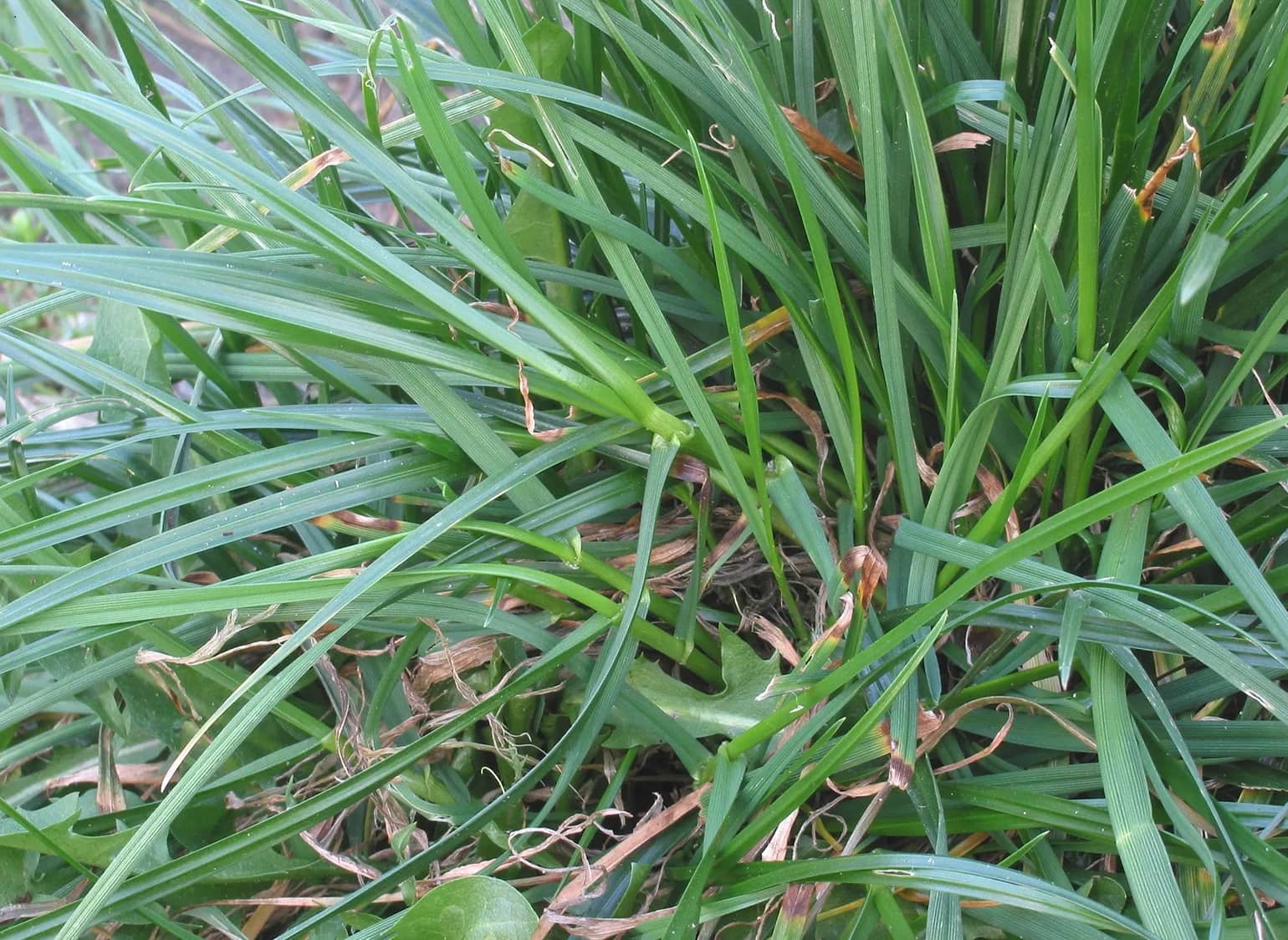
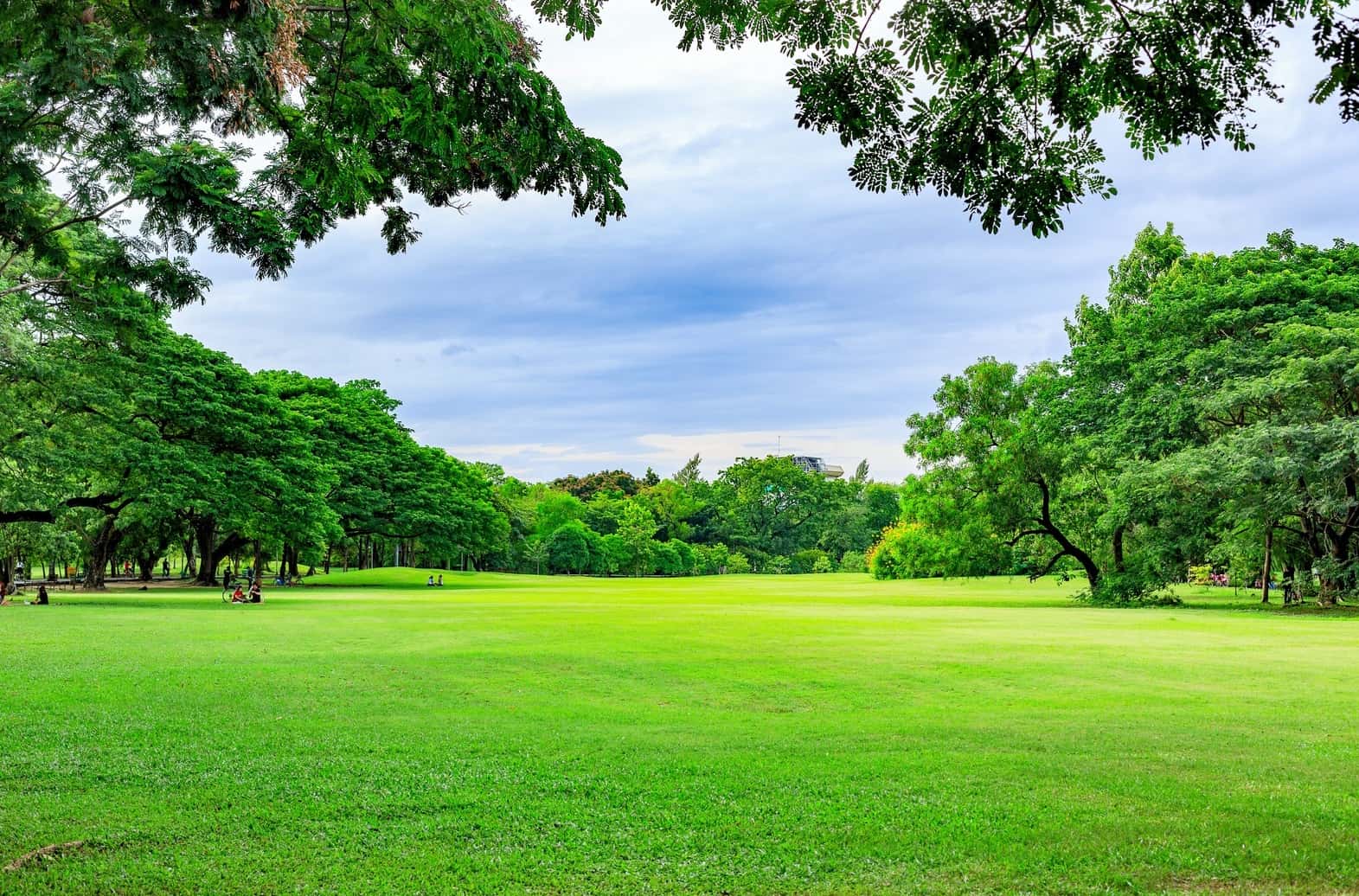
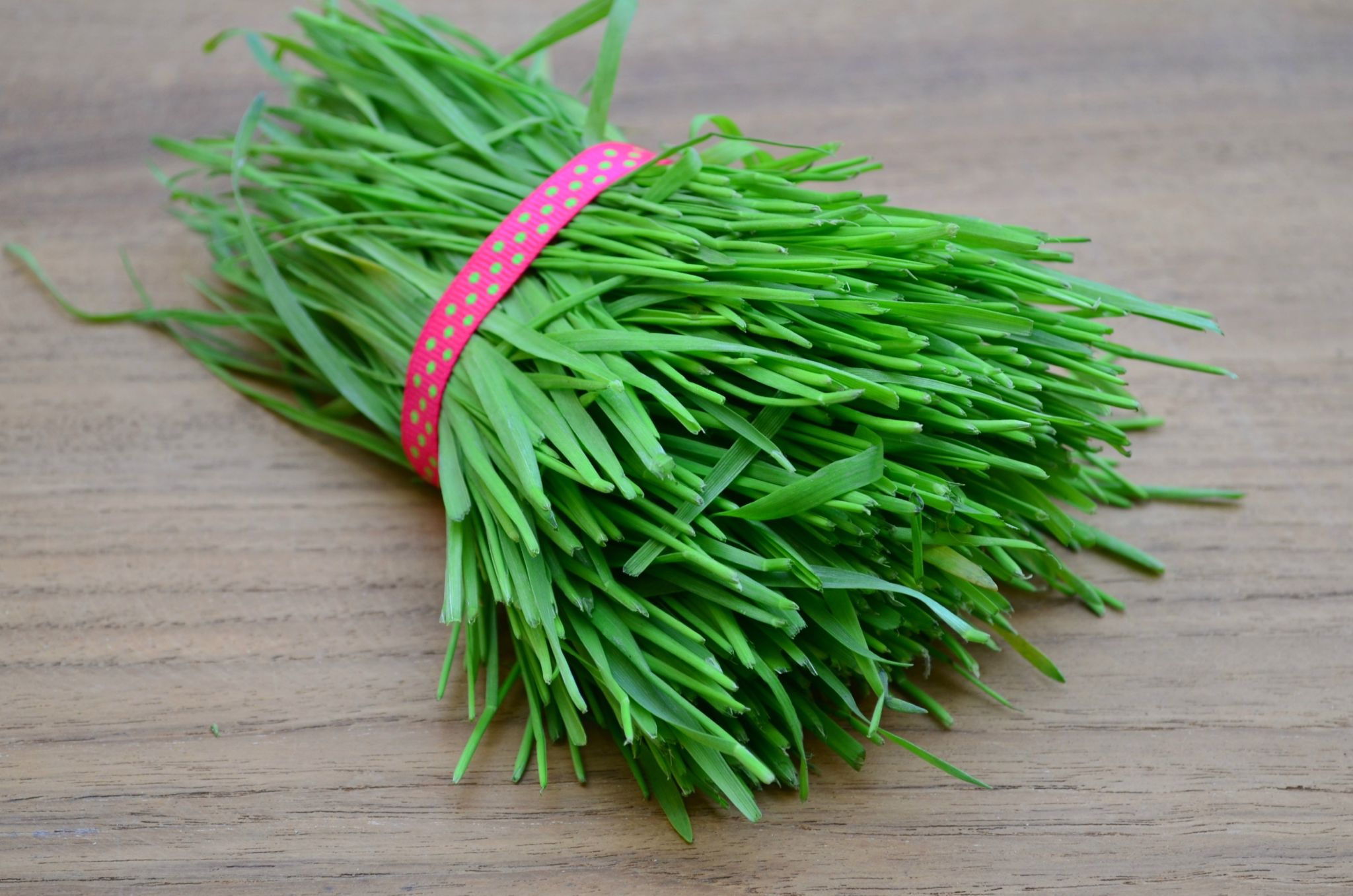

0 thoughts on “What Is Centipede Grass”